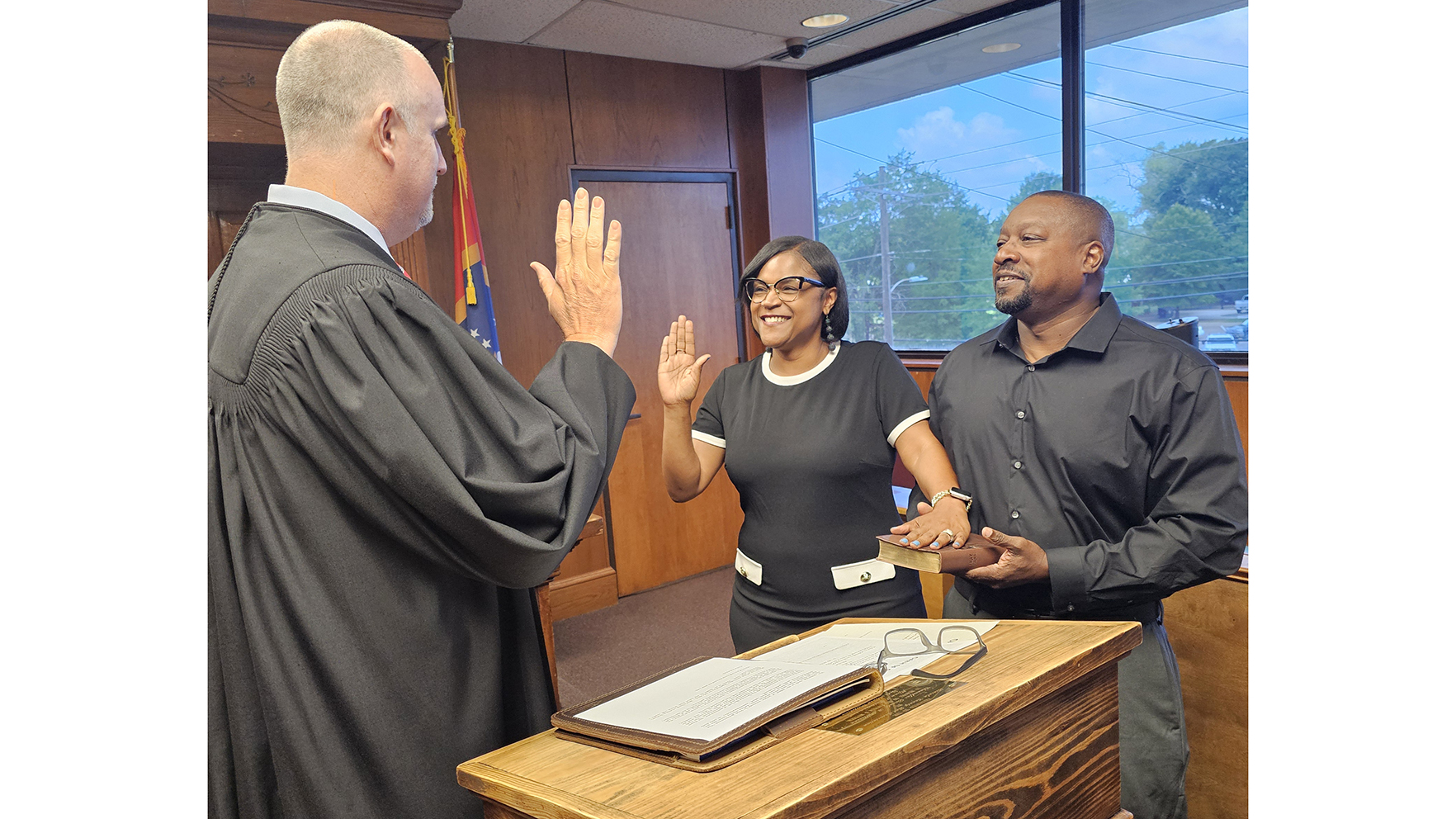For liberty and the pursuit of labor
Published 8:00 am Monday, September 5, 2022
On Sept. 7, 1942, nearly 20,000 shipyard workers and guests gathered at Bethlehem-Fairfield Shipyard in Baltimore, Maryland.
They were there to commemorate the launching of three Liberty Ships built in record time.
More than 2,700 Liberty Ships were in service during World War II. The merchant cargo vessels formed the backbone of a massive sealift of troops, arms, material and ordnance to every theater of war. More than two-thirds of them were lost; only two survive as fully operational today.
The first to be launched that day was the Benjamin Hawkins, launched 39 days after the keel was laid, a new Atlantic Coast record at the time. The launch took place at 10 a.m., before the yard was opened, and only the 15,000 shipyard workers were on hand to witness it. By 11 a.m., the guests had arrived, ceremonies began and the second ship was launched: the John Mitchell, sponsored by Miss Mercedes Daugherty.
Shortly after that, my grandfather stepped up to the podium to address the crowd.
John Green had emigrated to the United States in 1923 from Clydebank, Scotland. He was a sheet metal worker and a shipfitter who, by September 1933, had organized the workers at the New York Shipbuilding Corporation in Camden, N.J. He led the workers on a six-week strike, and then negotiated immediate wage increases and improvements in work conditions.
In the months that followed, he helped build the Industrial Union of Marine and Shipbuilding Workers of America, a group that started with six locals in Quincy, Mass., and grew to more than 100,000 members by 1940 and nearly a quarter of a million members by 1942.
As World War II took hold, the merchant marine fleet grew exponentially — and my grandfather found himself in the center of the storm. As national president of the IUMSWA, he worked to rally the efforts of the union members:
“Our Nation’s leaders have made unprecedented demands upon labor and management to build ships with which to carry our armed forces overseas, keep them supplied and to keep open the sea lanes. The shipbuilding workers of America have met this challenge in a manner that has commanded the admiration of other industries; yes, of whole nations. Their epochal answer is born of patriotism, love of the freedoms guaranteed in the Bill of Rights, pride in a job well done, and a determination that organized labor shall lead the way to victory on the home front,” he wrote in a pamphlet to workers.
And, in his role as national president, he sought perspective and compromise. “Labor has made many gains and now, during a period of world-wide conflict, is called upon to make many sacrifices. These it willingly makes in the knowledge that out of its sacrifices and tireless work will emerge a better social world in which its members will play an even greater role,” he wrote in that same pamphlet.
So on that Labor Day in 1942, he stood before 20,000 people and found himself foreshadowing events to come. After noting that “our brothers, fathers and sons in the armed forces are already under fire,” he predicted “very soon, in speaking to shipyard workers, I shall be able to add husbands to that list because women are undoubtedly going to supply a lot of labor required in the shipyards.”
I never met my grandfather — he passed away many years before I was born — but I’ve often wished I could have talked with him. Some 20 years ago, I reported about a vicious union strike and plant shutdown at the tire plant in another community. Tacks were left in driveways. Bricks were thrown at windows. Threats were made — even to reporters. And I found myself wondering if that was what my grandfather would have envisioned for “the better social world in which (labor) members will play an even greater role.”
I think I know that answer, though. John Green, like so many of the leaders and workers of his time, believed in the value of hard work; in the commitment and loyalty that are the backbone of the labor movement; in the integrity and ideals that are celebrated in the best of America’s workforce each Labor Day.
Even though the unions have faded from the glory they once had — and perhaps many would argue from the purpose they once served — the traits men like John Green embraced are alive and well in America’s workforce today.
Back in 1942, shortly after the speeches had finished, John Green watched as his wife and two daughters (my mother and my aunt) stepped up to the bow of the S.S. John Brown. As my grandmother smashed the champagne bottle across the hull, the Liberty Ship slid into the Patapsco River — one of 174 vessels launched in shipyards across the country that day.
And on that first Labor Day of World War II, the 15,000 shipyard workers in Baltimore whose efforts had built those Liberty Ships in record time, simply went back to work.
Stacy G. Graning is Regional Editor for The Democrat. Reach her via email at stacy.graning@dailyleader.com. To learn more about the Liberty Ships, including the SS John Brown which survives today, go to www.ssjohnwbrown.org




